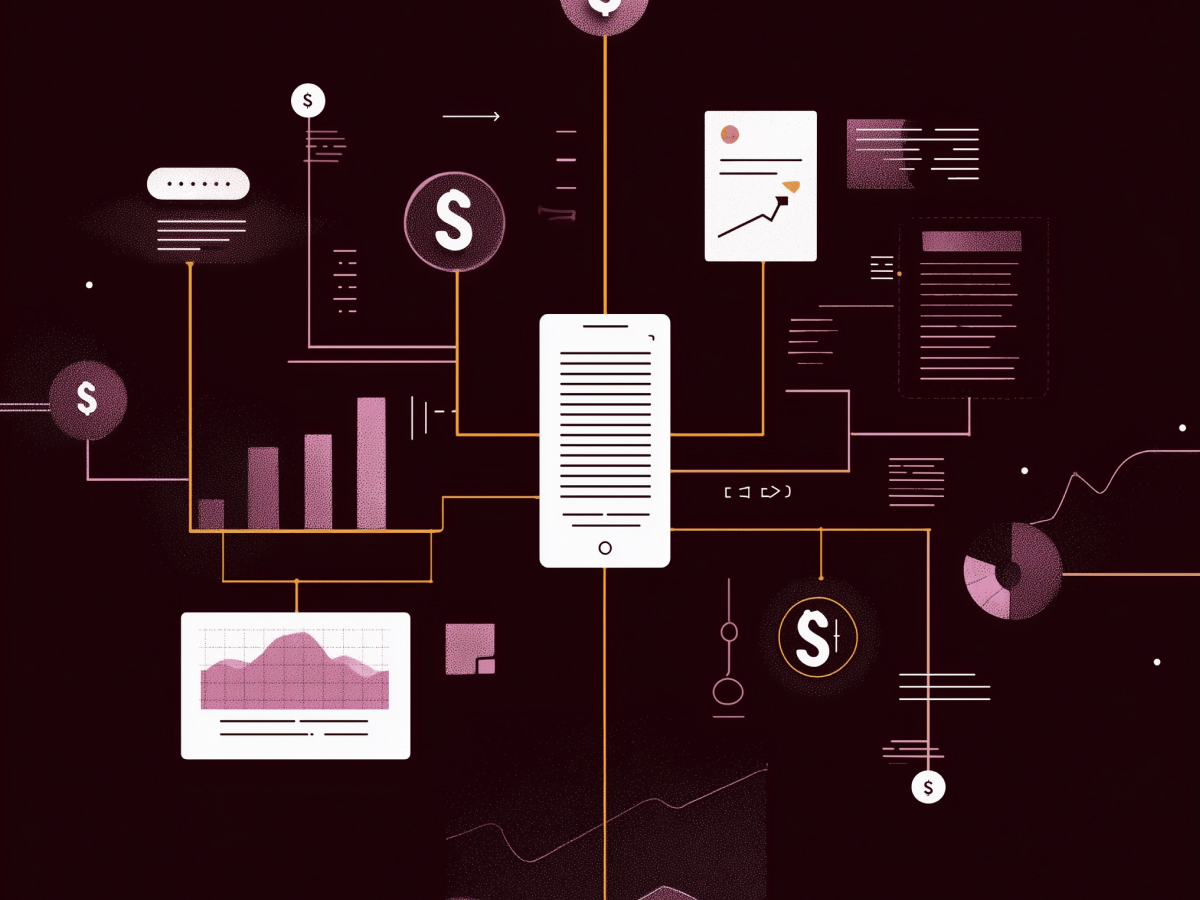Boosting customer engagement and streamlining interactions
Chatbots are like the ultimate customer liaison, always on and always ready to assist. Businesses today, while needing to talk to their customers, also need to have meaningful conversations. Chatbots make this more possible through immediate, conversational responses that bridge the gap between inquiry and resolution. Whether a customer is browsing late at night or needs support during peak hours, the chatbot is there, no delay, no human fatigue.
This instant availability helps businesses develop deeper relationships with their audiences. The focus here is on answering questions in a way that feels intuitive and helpful. For instance, a customer looking to buy a product doesn’t want to scroll endlessly for answers. A chatbot can then step in, guide them directly to the information or product they need, and even suggest complementary items. This kind of interaction speeds up the purchasing process while building trust.
Adding to this, the 24/7 nature of chatbots makes sure no customer query goes unanswered, like having a customer service team working around the clock. This accessibility raises customer satisfaction because people feel valued when their time is respected. Faster responses, less waiting, and a tailored approach make engagement a smoother, more enjoyable process.
Chatbots facilitate personalized customer interactions
Personalization in communication is the future. Customers today expect brands to know who they are, what they like, and what they’ve done before. AI-driven chatbots take this concept and make it a reality, creating unique and tailored interactions that feel like they were built specifically for the user.
Imagine a chatbot that greets you by name, remembers what you bought last month, and recommends something even better this time around. That’s the level of service AI can deliver. These chatbots use data from past interactions to tailor their responses and recommendations, aligning perfectly with user preferences and behavior patterns.
Let’s say a customer frequently purchases fitness gear. The chatbot can suggest complementary products, like a new water bottle or performance-enhancing accessories, based on their purchase history.
Even tone and response style can be adjusted, as some users prefer concise answers, while others appreciate a bit more detail or warmth.
This is the kind of experience that turns one-time buyers into loyal customers. Through making interactions personal, chatbots build up a sense of connection and understanding. People like to feel seen and appreciated, and AI-powered personalization does exactly that.
Chatbots collect and analyze valuable customer data
Customer interactions, while they do aim to provide solutions, are also a goldmine of data waiting to be leveraged. Every conversation a chatbot has with a user generates valuable insights. From common questions to detailed feedback, these interactions provide the kind of raw material businesses need to sharpen their strategies and deliver better results.
For instance, chatbots log every query they handle. This creates a searchable history of customer pain points and common concerns, which can inform product development or customer service improvements. Demographic details like age, location, and preferences add another layer of insight. This segmentation helps businesses tailor their marketing campaigns to reach the right people with the right message.
Feedback collection is another standout feature. Instead of sending lengthy surveys that might never be completed, businesses can use chatbots to gather feedback in real-time. For example, after resolving a customer query, the chatbot might ask, “Was this information helpful?” or “How would you rate your experience today?” Simple, concise, and actionable.
The value of this data can’t be overstated. It gives businesses a clearer understanding of their customers’ needs, making it easier to craft strategies that resonate. And the best part? It’s all automated. No need to hire additional analysts or spend hours poring over spreadsheets. The chatbot does the heavy lifting.
Contributions to cost-effectiveness and higher ROI
At the end of the day, every C-suite executive wants to see the financial upside. Chatbots represent an investment, sure, but one that pays for itself multiple times over. Automating routine customer interactions is what helps businesses cut labor costs dramatically. You don’t need a massive support team answering repetitive questions when a chatbot can handle the same task faster and more accurately.
And the savings don’t stop there either. Chatbots streamline operations by reducing response times and increasing efficiency. Instead of juggling multiple platforms or managing long queues, businesses can rely on a single AI system to handle customer queries, qualify leads, and even assist with transactions.
Lead generation is another area where chatbots shine. They engage users in real time, answering questions, offering recommendations, and guiding them through the sales process. For example, a chatbot might identify a potential lead by asking simple questions like, “What are you looking for today?” and then direct them to the most relevant product or service. These are strategic interactions, nudging customers ever closer to conversion.
The results? Higher conversion rates and an undeniable boost to ROI. Businesses can both save money and make more of it by capturing leads they might otherwise miss. And the best part? It’s all scalable. Whether you’re running a small business or a multinational corporation, chatbots can handle the workload, making sure every dollar spent delivers maximum impact.
Final thoughts
Are you leveraging every opportunity to create meaningful, instant connections with your customers? In a world where personalization, speed, and data-driven decisions shape success, can your business afford to stay on the sidelines?




